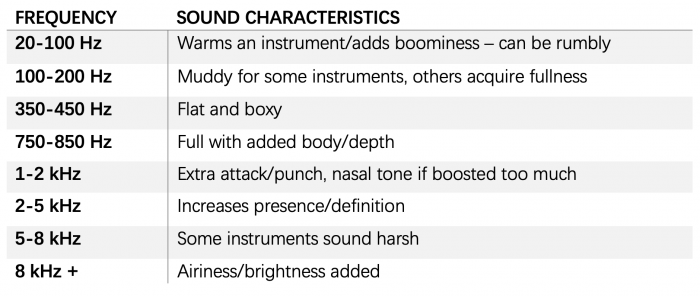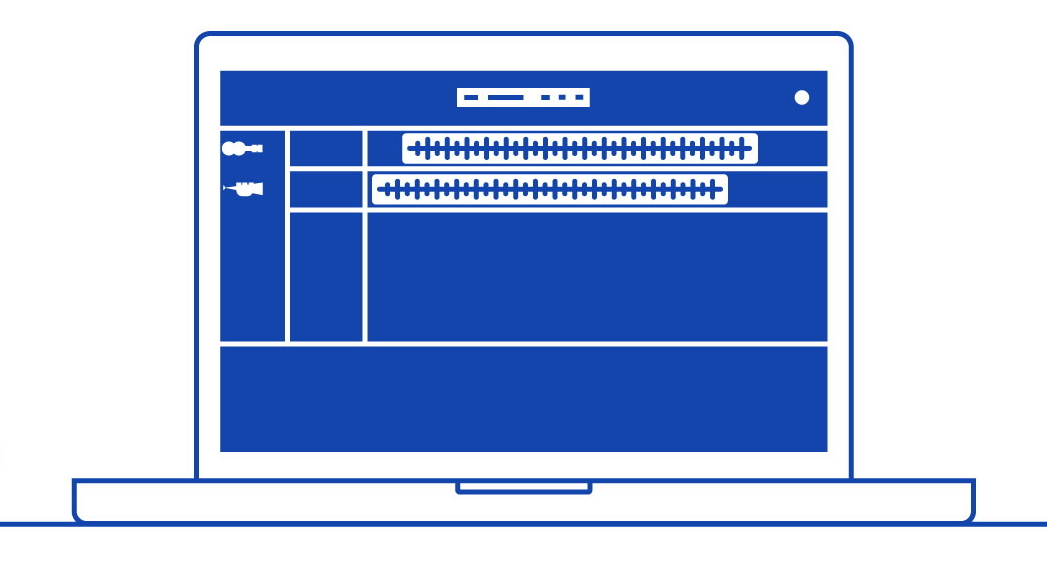5 top tips for using EQ in music production (2021)
Check out these quick tips for using EQ properly when mixing your tracks.
Equalization (EQ) is the most useful tool a music producer has for mixing. It changes the frequency response of each sound in the track, however you want.
Use equalizers to adjust the various frequencies of your instruments, shaping each sound. The main goal when EQing during mixing is usually to get the instruments in your track to blend together smoothly, so there’s enough room for each of them.
Here are five tips to bear in mind as you start playing around with EQ for a successfully mixed track.
Mix with your ears, not your eyes
EQ plugins on most DAWs show you the frequency response of your track, an analyzer feature so that you can see the changes you’re making to your track as you go. But try not to let what you see affect the way you hear the music – ultimately, its the sound that’s vital.
Certain frequencies have special sound characteristics
The human ear can detect frequencies from around 20 Hz to 20,000 Hz (20 kHz) – the frequency spectrum. Certain frequencies within the spectrum generally have specific sound characteristics:

Be radical
It doesn’t really matter what anyone says – do whatever it takes to make your mix sound good, even if that means cuts or boosts as great as 12dB. You want to make sure that all the tracks blend together as well as possible.
And on the opposite end, push boosts, cuts and filters further to use as sound design tools, to sculpt your sounds in exciting colourful ways.
Try using EQ in two stages when mixing
Split the process up – shaping EQ first, with boosts and cuts, then corrective EQ, which is usually reductions to clear space for other sounds. By putting these moves into two separate EQs, you won’t lose any shape created before corrective EQing.
Take for example if you had EQed a keyboard to sound brighter, only to find that your vocal and keyboard now have a similar sound in the mix. Open up a new EQ to make a pocket for the vocal by clearing some space in the keyboard, and you won’t lose the shape of the keyboard that you perfected in your first EQ.
Don’t get wrapped up in EQing when recording
If you’re recording live instruments to your track, don’t worry too much about perfecting the EQ. Use EQ at this initial stage to get rid of any obvious unwanted frequencies picked up by a mic – but generally as long as there’s a good, clean sound, save EQing for your mixing.
